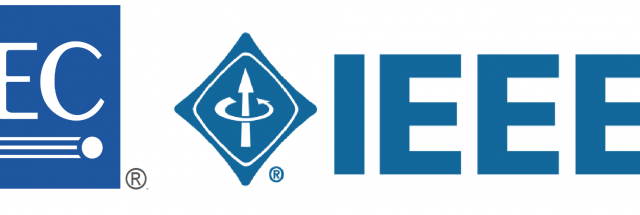When performing designs where mixed standards are used, there will be lots of confusions along the process. These confusions will one way or another affect the result of the project in terms of delivery time, quality and costs. Most of the larger projects have these standards in-placed, smaller projects tend to be more relaxed with respect to the use of mixed standards.
A good example of the use of mixed standard was an offshore project in Bohai Bay near Beijing, China. The existing offshore platforms was constructed, owned and operated by an American company. The standards used were all North American Standards. After decades of operation, the offshore platform requires expansion. The new platforms will be constructed based on Chinese standards which are basically IEC standards modified to suit local environment and regulations. The existing electrical equipment and cables are all ANSI/IEEE standards. The new electrical equipment and cables will be IEC to comply with the current Chinese standard. To tie-in the existing and new equipment became very difficult. The rest is history.
In a mixed standards project, understanding the terminologies is essential. Below is a list of the most commonly used terms.
| IEC/AS/NZS Terms | ANSI/IEEE terms |
|---|---|
| Earth | Ground |
| Single line diagram | One-line diagram |
| Power (kilowatts) | Horsepower |
| Direct-on line (DOL) | across-the-line |
| Lightning rod | Air terminal |
| star | wye |
| Voltage regulation | Voltage spread |
| High voltage (>1,000 V) per AS/NZS 3000 | Medium voltage (>1,000V – 100,000 V) |
| Current rating | Ampacity |
| Short circuit interrupting capacity | Interrupting rating |
| Short circuit making capacity | Momentary current rating |
| Short time withstand current | Short circuit rating |
| Diversity factor | Demand factor |
| Utilisation factor (Duty) | Run factor |
| Maximum demand | Peak load |
| Essential load | Stand-by load |
| Ring main | Primary loop |
| Running | Continuous |
| Natural cooled | self-cooled |
| Prefabricated switchroom | Power house |
To see more terminologies, refer to IEC 60050 Vocabulary and the ANSI/IEEE Std 100 - The IEEE Standard Dictionary of Electrical and Electronics Terms.
